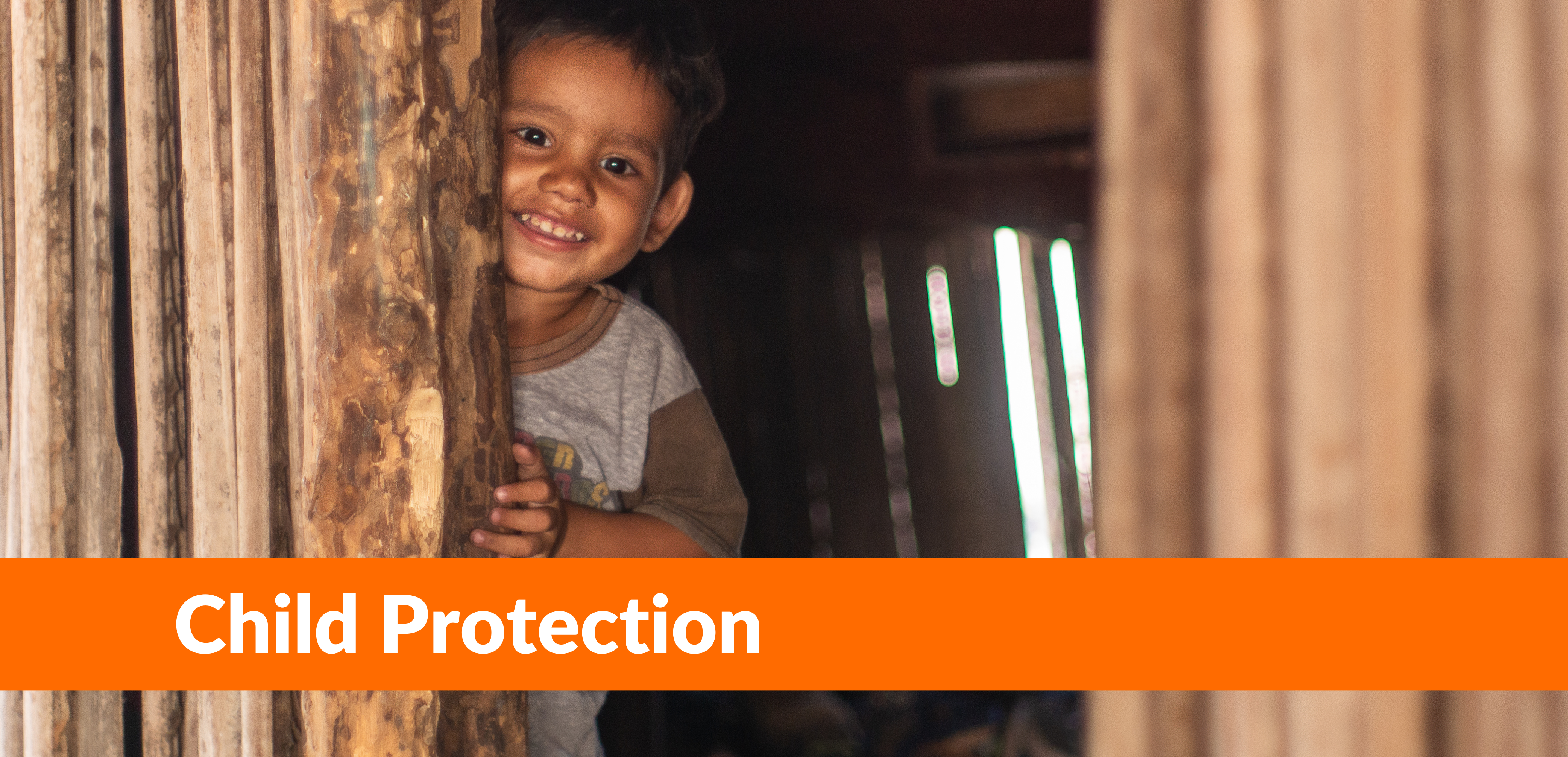In response to the COVID-19 pandemic, World Vision undertook its largest global emergency response, working with governments, partners, and communities in over 70 countries to mitigate the impact on vulnerable children and families. This report explores the strategies and adaptations employed in child protection programming during the pandemic.
This study conducted a retrospective meta-review of case studies, project reports, and monitoring and evaluation documents from 18 World Vision offices. Four case studies from Somalia, Myanmar, Lebanon, and El Salvador were chosen for in-depth analysis. A thematic deductive review was conducted, focusing on common themes across contexts and programs.
This report identifies six key learnings and recommendations for digital and remote child protection programming, drawing from information collected and notable findings from case studies. These insights and recommendations are aligned with the Principles for Digital Development.
Despite the numerous challenges faced, World Vision offices seized opportunities for agility and innovation in safeguarding children from violence amid the rapidly changing COVID-19 environment, leveraging remote and digital modalities. The reflections and evidence generated during this period yielded critical insights and recommendations for enhancing safety and access in child protection programs, particularly for vulnerable communities, especially children.





